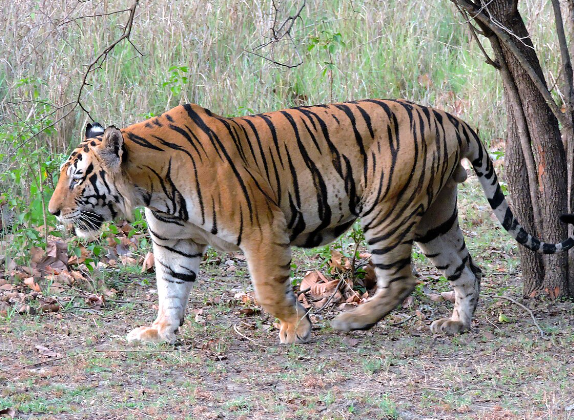Bengal Tigers: Guardians of the Indian Wilderness
The Bengal tiger, known for its majestic beauty and powerful presence, is one of the most iconic big cats in the world. As a vital part of its ecosystem and a symbol of biodiversity in India, understanding this magnificent creature is crucial for conservation efforts and wildlife enthusiasts alike.
The Habitat of Bengal Tigers
Bengal tigers primarily inhabit the dense forests, grasslands, and swamps of India, with smaller populations found in Bangladesh, Nepal, and Bhutan. These diverse habitats provide essential resources for their survival, including cover for hunting and suitable environments for raising cubs. Interestingly, Bengal tigers have adapted to a range of geographical areas, from the mangrove forests of the Sundarbans to the mountain ranges of the Terai. This adaptability has allowed them to thrive in varied ecosystems, although ongoing habitat destruction poses a significant threat.
The Behavior and Diet of Bengal Tigers
Bengal tigers are solitary and territorial animals, known for their stealth and power when hunting. They are primarily nocturnal, using the cover of darkness to stalk prey such as deer, wild boar, and even smaller carnivores. Their hunting strategy involves a mix of patience and precision, relying on their keen senses to detect and ambush unsuspecting prey. Additionally, Bengal tigers play a crucial role in maintaining the balance of their ecosystem by controlling herbivore populations, ensuring a healthy environment for various species to thrive.
Conservation Challenges and Efforts
Despite their status as one of the largest tiger populations, Bengal tigers face numerous challenges that threaten their survival. Habitat loss, poaching, and human-wildlife conflict have significantly impacted their numbers. To combat these issues, various conservation programs have been initiated, focusing on habitat restoration, anti-poaching measures, and community education. The Project Tiger initiative, launched in India, has successfully increased tiger populations in several protected areas. However, continued effort and awareness are necessary to ensure these magnificent animals continue to roam freely in the wild.
In conclusion, the Bengal tiger is not just a beautiful creature but a vital component of its ecosystem. By learning more about their habitat, behavior, and the conservation challenges they face, we can take steps to protect these incredible animals for future generations. Whether through supporting conservation efforts or simply spreading awareness, each of us can play a role in ensuring the survival of Bengal tigers. Join the movement to learn more and contribute to their preservation!

